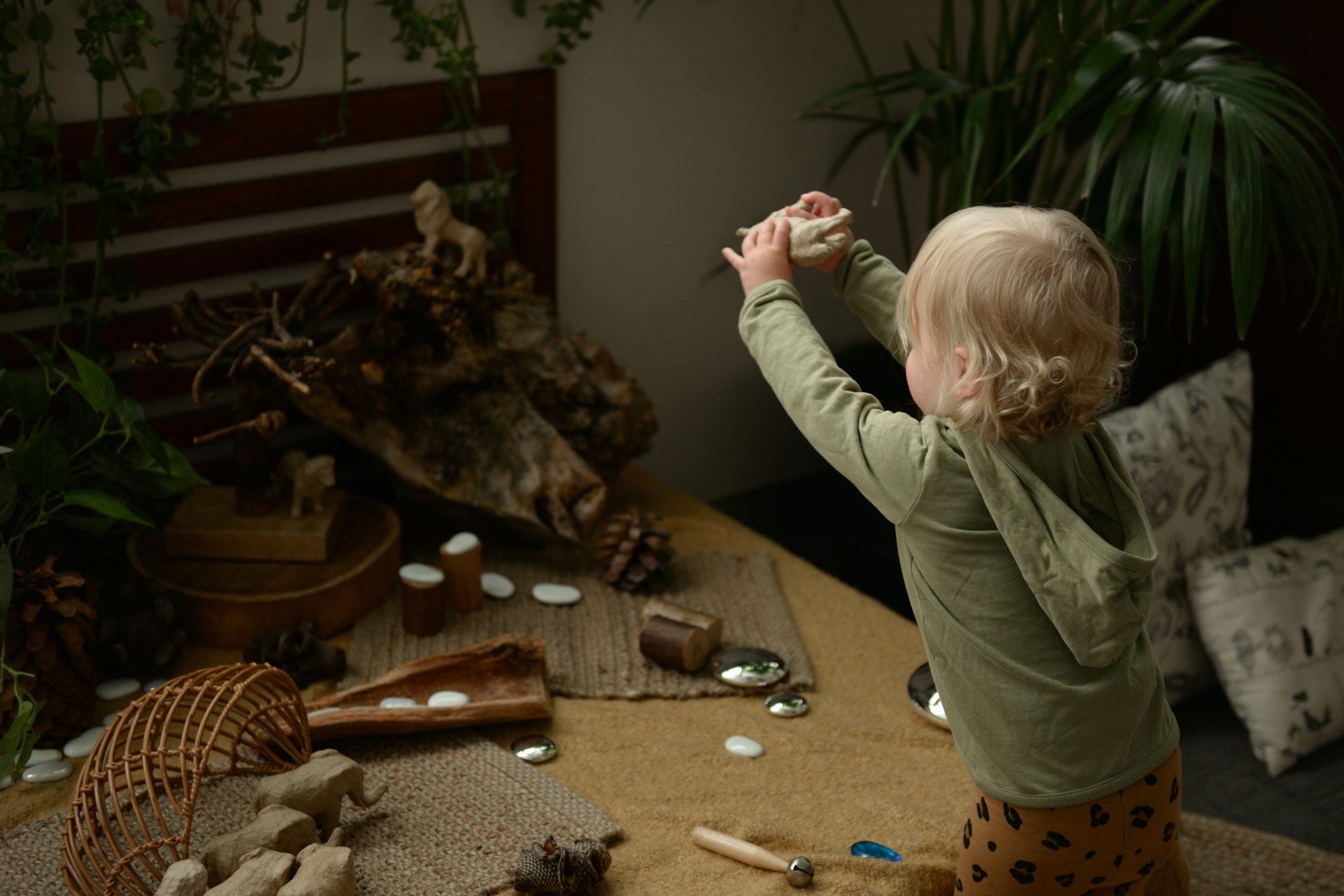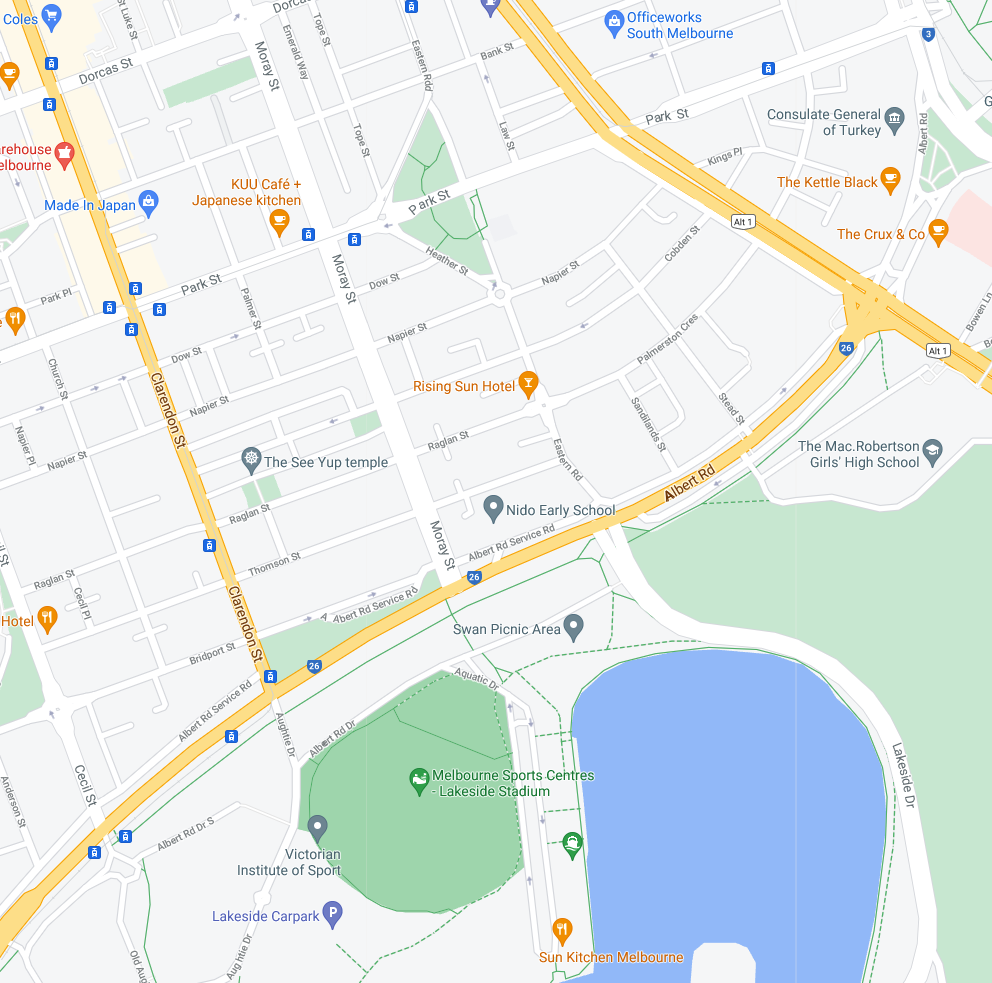
Don’t do that, you’ll hurt yourself. Stop before it ends in tears. Walk, don’t run. Slow down, or you’ll fall.
If you’re a parent or caregiver, the chances are that you’ve said these words. Often. That’s because our natural instinct is to protect children from harm, so our default tends to be ‘no’ in order to stop them from doing things that may lead to them getting hurt. But we also know that learning by experience is the best way to learn.
Many of us still have scars on our knees from childhood thrills and spills – some may even have broken a bone along the way - but at what stage does adventurous play become dangerous? Should we be letting our children learn and grow from risky play and if so, how do we set limits that protect them?
How do you define ‘adventurous play’?
One of the most widely-used definitions of adventure play comes from Ellen Beate Hansen Sandseter, a professor at Queen Maud University of Early Childhood Education in Norway, who called it ‘thrilling and exciting forms of physical play that involve uncertainty and a risk of physical injury (Sandseter, 2007).
Is there a reason why children gravitate to the very edge of a lake or steep drop or want to walk along a narrow wall instead of using a path? Why do some children push the boundaries when it comes to going faster, higher, further – and why are they irresistibly drawn to tools and objects that could cause them harm? Why do they wrestle, chase each other around and pretend to fight? Why do they purposely wander away from their caregiver or hide away?
There are perfectly natural reasons that children are drawn to adventurous play – and there are also significant benefits to be gained from it.
Advantages of adventurous play
Adventurous play helps children learn about themselves, about others and about their place in the world. They develop a sense of self-worth as they start believing in their own abilities and start to trust their decision-making. It can make them feel good about themselves and give their confidence a boost.
Children get a thrill from playing at height and speed, like climbing trees and going fast on their scooters and bikes. They love pushing the boundaries and testing themselves. It may not be comfortable for parents or caregivers to witness, but by participating in ‘risky’ activities, children learn valuable lessons.
Adventurous play:
- Enables children to learn from their mistakes
- Builds confidence
- Builds self-belief
- Builds resilience
- Helps children overcome fear and regulate their anxiety about trying new things
- Helps them regulate their emotions
- Helps with anger management and conflict resolution
- Encourages independence and responsibility
- Teaches children to learn from their mistakes
- Helps children understand their limits
- Introduces children to the concept of ‘managed risk’ and enables them to subconsciously assess the risk associated with a particular situation or activity
- Helps them learn about the importance of making good choices and self-regulating behaviours
- Helps them learn important social skills
But it’s not called ‘risky’ play for nothing. The life lessons that come from adventurous play are extremely valuable, but children can – and do – get hurt, so where are the limits?
Adventurous play on the decline
Sadly, it seems that our appetite for risk is diminishing and that adventurous play is on the decline.
According to a newsletter of the National Quality Standard Professional Learning Programme, our society’s fixation on safety and ‘no risk’ play starts in the early years and continues as children grow older. The article goes on to say that in our desire to ‘keep children safe’, we have created play environments that are devoid of adventure and interest.
That said, there are many ways that we can safely encourage adventurous play and provide children with important learning opportunities. For example, we can play hide and seek with them to encourage a sense of independence. We can let them ride bikes or scooters fast and allow them to climb trees and jump from height. We can let them play rough and tumble games and swing from ropes. Because if we don’t allow our children to test the limits and test themselves, we’re denying them important opportunities to learn a whole range of skills that are essential for a balanced, happy and fulfilling life.

Tracey is a highly qualified educator and administrator and brings a strong combination of academic achievement, extensive work experience in the education and business sectors as well as drive and passion to her role as General Manager of Operations at Evoke Early Learning.
Tracey has a Master of Education and an Advanced Diploma of Business and holds VIT Dual Registration to teach in Early Childhood and Primary School settings. She’s also a VIT Trained Mentor Teacher and has worked in ECEC settings as a Director, Educational Leader and as a Victorian Senior Area manager. Her recognition as a state finalist in the recent Director of the Year Awards is testament to her achievements in the early education sector.
Her extensive work experience also included a stint as Head of Curriculum at the Royal Children’s Hospital Education Institute and positions as head of ICT at a number of large primary and secondary schools. Tracey is also experienced in not-for-profit sessional kindergarten settings and long daycare environments, so she has a deep understanding of what’s required to support the needs and expectations of young children, educators, parents and caregivers.
Tracey is responsible for operational management at Evoke Early Learning’s Clayton centre in Oakleigh East and their Albert Park centre in South Melbourne and is deeply committed to leading and driving effective and sustainable service delivery throughout the company.
Tracey is passionate about making a meaningful difference to young children, their parents and the wider community and under her expert guidance, Evoke Early Learning is continuing to raise the bar in quality early education and childcare.


